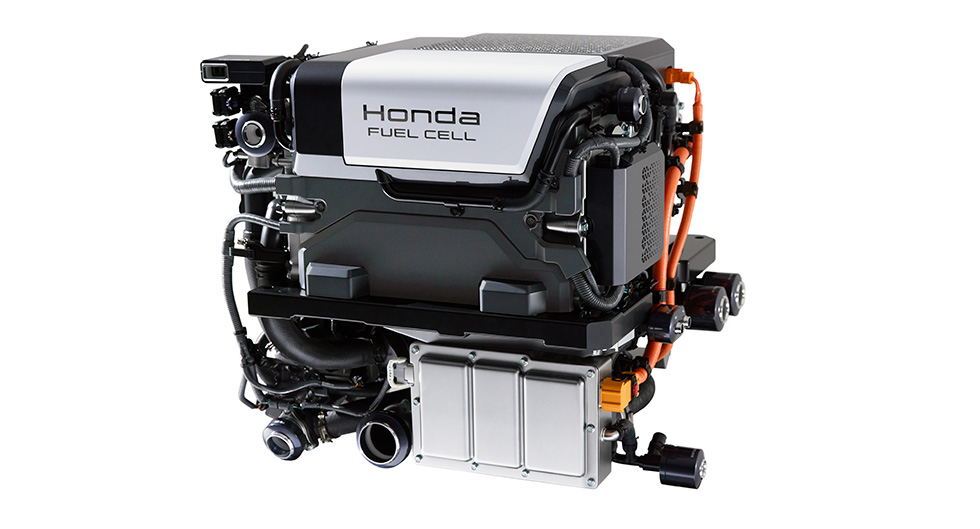Are Generators AC Or DC?
Generators can produce either AC (alternating current) or DC (direct current) electricity, depending on their design and intended use. In this blog post, we will explain the difference between AC and DC electricity, and explore the various types of generators that produce each type of current.
What is AC Electricity?
AC, or alternating current, is a type of electrical current that periodically changes direction. AC electricity is the type of electricity that is typically used in homes and businesses, and is produced by power plants and transmitted over long distances through power lines. One of the main advantages of AC electricity is that it is easy to transmit over long distances without significant loss of power.
AC generators use a rotating magnet to produce electricity. As the magnet rotates, it creates a current in the coil of wire (called the stator) surrounding it. This current is then transformed into AC electricity through the use of a transformer. The frequency of the AC current is determined by the speed at which the magnet rotates, and is typically 60 Hz (hertz) in the United States and 50 Hz in most other countries.
What is DC Electricity?
DC, or direct current, is a type of electrical current that flows in only one direction. DC electricity is used in a variety of applications, including powering electronic devices, operating motors, and charging batteries.
DC generators use a rotating magnet to produce electricity, similar to AC generators. However, instead of using a transformer to transform the current into AC electricity, DC generators use a commutator to direct the current in one direction. The commutator consists of a series of copper bars that are connected to the generator’s coil of wire (called the armature) and are rotated by the magnet. As the magnet rotates, the commutator directs the current in one direction, producing DC electricity.
Types of Generators
There are several types of generators that produce AC or DC electricity, including:
- AC Generators: AC generators are designed to produce AC electricity, and are typically used in a variety of applications, including powering homes and businesses, providing backup power during outages, and serving as a portable power supply for outdoor events and construction sites. AC generators can be powered by a variety of fuel sources, including gasoline, diesel, and natural gas.
- DC Generators: DC generators are designed to produce DC electricity, and are used in a variety of applications, including charging batteries, operating motors, and power electronic devices. DC generators can be powered by a variety of fuel sources, including gasoline, diesel, and natural gas.
- Inverter Generators: Inverter generators are AC generators that use an inverter to convert the AC electricity they produce into DC electricity, and then back into AC electricity. This process allows the generator to produce a stable, high-quality AC current that is suitable for powering sensitive electronic devices. Inverter generators are typically smaller and more portable than traditional AC generators and are quieter and more fuel-efficient.
- Battery Charging Generators: Battery charging generators are AC generators that are specifically designed to charge batteries, such as the batteries used in boats, RVs, and off-grid systems. These generators often have a built-in charger and can produce a variety of AC voltage and frequency outputs to suit different battery types.
Conclusion
Generators can produce either AC or DC electricity, depending on their design and intended use. AC generators use a rotating magnet and a transformer to produce AC electricity, while DC generators use a rotating magnet and a commutator to produce DC electricity. There are several types of generators available, including AC generators, DC generators, inverter generators, and battery charging generators, each of which is suited


